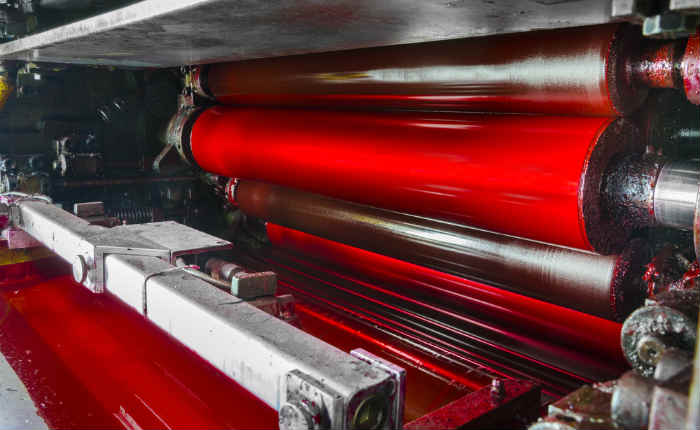In the past, books were printed by offset printing technology, and that was the only way we knew. In time, as technology advanced, printing became easier, faster and less expensive.
This is largely thanks to inkjet production printing which has been revolutionizing the print industry and specifically the book printing niche for some time now.
Digital printing and inkjet production are becoming even more important when considering run lengths of printing. This is because offset printing is more costly during the startup due to plate production, proofing and paper start-up waste. So, even though it is faster once printing is underway, it’s still a more wasteful procedure than inkjet production.

As more and more companies and individuals base their decisions on waste reduction along with costs reduction, it seems only natural that digital printing will get more focus. Digital printing based on inkjet technologies does not require printing plates, specialized proofing and press make-ready waste.
Shifting shorter run books from offset to inkjet could reduce waste in approximately 50%. It also reduces costs, from electricity through manpower to less paper being used.
Digital printing techniques such as print-on-demand can lower the costs even more, as they allow us to print exact amounts. For example – there’s no need to print 200 books when only 80 are needed, saving the costs of the unneeded books and, of course, reducing waste in the process.
Naturally, print-on-demand technologies can be of use in many other printed jobs – flyers, catalogs, wedding invitations, business cards, family albums and many more… To elevate your print business – check out our advanced print-on-demand solutions today!
